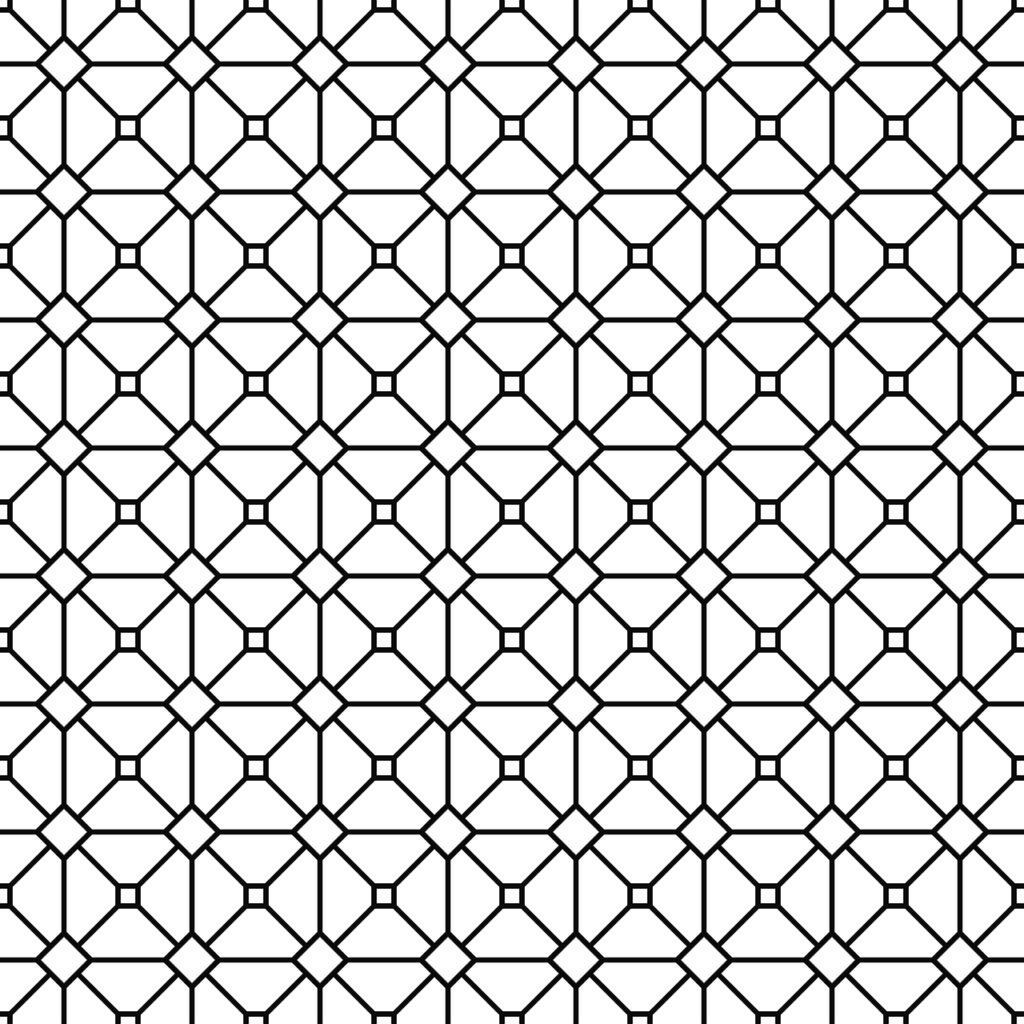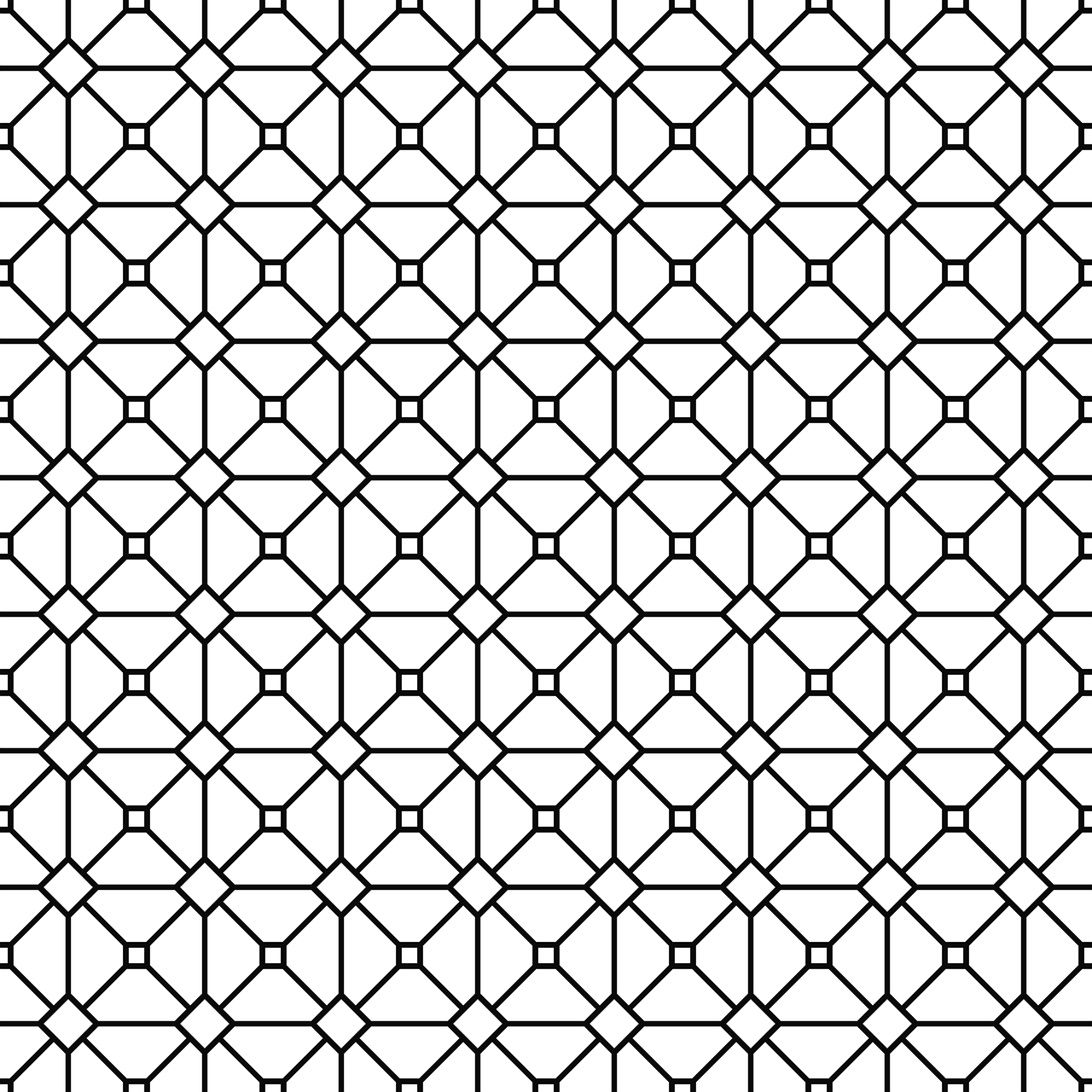Abstract reasoning is all about being able to spot patterns quickly! Having some ideas about which patterns may come up can help you locate sequences quicker on test day. This doesn’t mean that you have to memorise any of these. You certainly don’t! Just keep some in the back of your mind and be aware similar things might crop up in the exam.

1. 3 shapes instead of 2 shapes in each box
2. Each set has different number of total sides
3. At least one circle in each shape other shapes have straight edges
4. Arrows all pointing anywhere but right
5. Arrows all pointing anywhere but left
6. Rotational symmetry has order of 2/4
7. All black/grey objects fit together in white circle
8. All have same number of white, black or grey areas
9. Multiply hour hand by minute hand
10. All shapes have same object to make up eyes and mouth
11. Small objects linked by straight line without encountering another object
12. Large object is white and number of black circles is equal to number of sides plus one
13. Prime number of intersections the line passes through
14. Each contains at least one happy and sad face
15. Set A being odd number of points and set B even number of points
16. One black shape in each and either triangle or quadrilateral
17. Number of sides of shapes equals number of double-headed arrows
18. Diamond moves diagonally and cross moves anticlockwise
19. Each box has at least two shapes – largest being circle or square
20. Circles on bottom half unless hexagon present
21. When arrows on top of each other or vice versa more circles or more squares
22. Two circles equals patterned shape and one arrow equals black shape
23. White shape has 3/5 more sides than the black shape
24. Total number of enclosed regions is three/2 (sticks)
25. Two curved shapes = triangle present (one overlap = black triangle, 2 = striped triangle 3= white triangle)
26. Two straight shapes and triangle present
27. Dashed circles in corners (big shapes sides is 4+number of circles)
28. Dashed circles on sides (big shapes sides is 2+ number of circles)
29. 8 sides but count number of sides on black as double and biggest shape is in lowest position
30. Hand points to odd number, minutes points to even number
31. Shaded and unshaded groups are separate/overlap
32. Four corners occupied by four distinct shapes and three circles with various patterns
33. Shape with prime number of sides has dotted edges and non-prime is full edges
34. Arrow points up when circle triangle and quadrilateral present
35. 15 symmetrical letters formed into three words/four words
36. Imaginary lines drawn between triangles encloses all circles vice versa
37. Ellipse points to square/circle
38. Multiples of 5 dots/6 dots
39. Shape intersects square at corner vs. on sides
40. More dots inside outlines shape than outside
41. All triangles are above the squares
42. Self crosses line once and if curved line then circle present
43. Total number of sides is even
44. Odd number of overlaps and even number of lines
45. Two black and two grey
46. Number of sides of shape is number of arrows and all arrows parallel
47. The number of intersecting lines is twice the circles
48. Odd number of objects
49. Number of shape sides is one greater than intersections of lines
50. Position of black circle determine triangle colour
51. Filled shapes on one side of box and sided shapes can have a line through
52. Sides add up to 18/19
53. White circle means off number of intersections and vice versa
54. Only one point of contact between shapes
55. Always quadrilateral to left of crescent
56. Four vertical lines and three horizontal lines, square at top and circle at bottom
57. Number of shapes is one more than makes up the lines of zigzag
58. Square equal to one point and triangle two (all add to 5)
59. Even number of shapes, none shaded and ignore smiley faces
60. Even/odd number of curved sides
61. Number of black dots is prime number/not prime number
62. All dots attached to two other dots
63. Number of total sides e.g 7 in set A and 13 in set B. Can also be odd and even. Basic Sequence.
64. Number of shapes with curved sides / curved+straight sides
65. Which shape is always present? maybe the heart is always present in one sequence? If so, sometimes the precense of one shape means the presence of another, or the absence. This is a relative relationship.
66. Arrow may be pointing in all directions but one.
67. How many lines of symmetry? Remember a double sided arrow has 2 lines of symmetry.
68. All black objects can fit inside the white shapes or vice versa.
69. Number of times a colour occurs e.g 2-black, 1 grey, 3 white in each box.
70. Clocks can have hands that multiply, add, divide or minus to give certain numbers of significance. Such as odd or even.
71. Angles between clock hands are also significant. Each division can equal 30 degrees.
72. For shapes that create a facial element, the facial elements might have lines of symmetry, or may sum up to give a number of significance. The sides can also be summed.
73. Which elements can be joined by 1 uninterupted line? maybe all the circles despite colour can be joined by one uninterrupted line in one set, and in the other, only squares.
74. Number of sides of large shape is the same as the number of small elements.
75. Key object may be in the corner. A different color version of the object may be located 2 spaces away, and another, 3 spaces away. Essentially there is a change in spaces away from the key object.
76. More shapes with straight edges than curved.
77. Dominoes – total dots are odd or even.
78. Spirals – May run clockwise or anticlockwise. Number of elements may be irrelevant.
79. Prime number of stuff showing up. Prime numbers can be considered numbers of significance.
80. Even sided shapes may have even numbers written inside them. This can also be inversed.
81. Shapes are mirrored in an axis.
82. Number of white shapes is always odd and exceeds black shapes. Can be inversed and vice-versa.
Summary
It would be easy to say that if you memorise all these sequences, you will score in the top 99th percentile, however you must still do your own revision, and learn strategies which are best for you.
None of these sets are meant to be memorised. They are simply meant to keep you aware of the types of things you could potentially be looking out for!
The most effective abstract reasoning revision practice you can do is with real questions. This will allow you to attach actual images to the patterns. Head over to my question bank, i’ll see you there!
Ref:
Many of these are provided by the medical student from the youtube channel Akku S.
The SCANS method is also an ideal way to interrogate abstract reasoning patterns. Read more about it below!
The medic Portal also has a rigorous way to analyse sequences.


Hi Josh
Excellent content for UCAT aspirants. I thoroughly enjoyed the content and I am sure novice aspirants and even the experienced ones would improve on the scores. Looking forward to hear tips for the verbal Reasoning too.